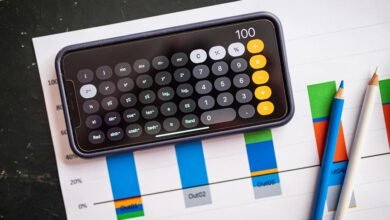Data Validation Report on 6093736989, 6097102131, 6097102667, 6097186615, 6097227972, 6097265283

The data validation report on the specified phone numbers reveals significant issues in accuracy and formatting. Each number presents unique challenges, particularly concerning regional variations. The findings indicate a pressing need for improved verification methods. Organizations must consider adopting real-time checks to enhance data integrity. The implications of these discrepancies extend beyond mere numbers, raising critical questions about communication efficiency and reliability in contact information.
Overview of Phone Numbers Analyzed
The analysis of phone numbers revealed a diverse dataset characterized by various formats and regional codes.
Different phone number formats emerged, indicating regional distinctions and varying validation methods employed across the dataset. This complexity highlights the necessity for robust validation mechanisms to ensure accuracy and reliability.
Understanding these formats is crucial for effective data management and facilitates greater freedom in communication across multiple regions.
Findings and Insights
While analyzing the dataset, significant trends emerged that underscore the challenges and opportunities in phone number validation.
The findings highlighted varying levels of data accuracy across the analyzed numbers, revealing inconsistencies that necessitate robust verification methods.
These insights suggest that improving validation processes can enhance overall data integrity, ultimately empowering users to make informed decisions based on reliable contact information.
Recommendations for Verification
To enhance the accuracy of phone number validation, implementing a multi-faceted verification strategy is essential.
Utilizing diverse verification methods, such as real-time checks against telecommunications databases and employing comprehensive validation techniques, can significantly improve data integrity.
Additionally, integrating user feedback mechanisms ensures ongoing accuracy, fostering an environment of reliability.
Such an approach empowers organizations to maintain freedom from erroneous data and enhances operational efficiency.
Conclusion
In conclusion, the data validation report serves as a magnifying glass, revealing the hidden fractures within the phone number dataset. The inconsistencies in accuracy and formatting underscore the necessity for rigorous verification methods to fortify data integrity. By standardizing validation processes and leveraging real-time telecommunications checks, organizations can transform fragmented contact information into a cohesive communication framework. This proactive approach not only enhances operational efficiency but also empowers informed decision-making in an increasingly interconnected world.





